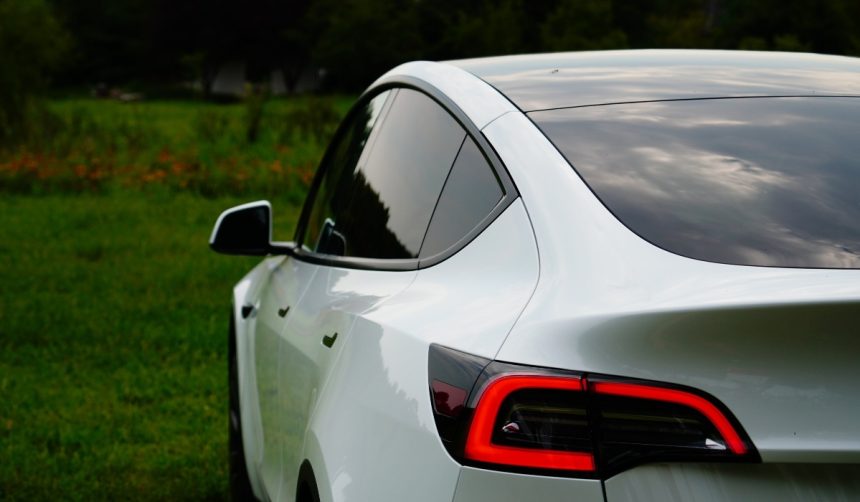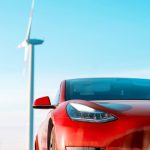In the first quarter of 2025, Tesla continues to dominate California’s electric vehicle landscape despite facing a decline in total registrations. The company’s resilience is evident as it maintains a substantial market share amid increasing competition and production challenges. California remains a crucial market for Tesla, reflecting broader trends in the adoption of zero-emission vehicles across the United States.
Tesla retains a commanding presence in the state, leveraging its established brand and diverse vehicle lineup to sustain its leadership. The ongoing shift towards sustainable transportation solutions underscores the importance of Tesla’s offerings in a rapidly evolving automotive sector.
What caused the decline in Tesla’s vehicle registrations?
Tesla registered 42,322 vehicles year-to-date through March 2025, marking a 15.1 percent decrease compared to the same period last year. The downturn is attributed to Tesla’s transition of production lines to the new Model Y build, which resulted in several weeks of halted production. This strategic shift impacted the availability of Tesla’s models, particularly affecting the Model Y’s registration numbers.
How does Tesla’s market share compare to other EV manufacturers?
Despite the decline, Tesla holds 43.9 percent of California’s Zero Emissions Vehicles (ZEV) market, down from 55.5 percent the previous year. This positions Tesla significantly ahead of competitors, with Ford securing the second spot with 5,819 ZEV registrations. Tesla’s diverse range, including the Model Y, Model 3, and Cybertruck, continues to attract a large customer base, maintaining its dominance amid rising competition.
What are the implications of Tesla’s performance for the future of EVs in California?
The sustained leadership of Tesla in California indicates a strong market preference for established EV brands, even as new entrants emerge. However, the decrease in market share suggests that consumers are gradually diversifying their choices, influenced by factors such as product availability and brand perceptions. This trend highlights the potential for increased competition and innovation within the EV sector, shaping the future landscape of sustainable transportation in the state.
Analysis of historical data shows that Tesla’s market share has been gradually decreasing as more manufacturers introduce their electric models. This shift reflects a maturing market where consumers have a wider array of options, leading to more competitive dynamics. While Tesla remains the market leader, the growing presence of other brands signals a more balanced and diverse EV market in California.
Tesla’s ability to maintain its leading position despite production setbacks and increased competition demonstrates the company’s strong brand loyalty and effective market strategies. However, the evolving competitive environment requires Tesla to continuously innovate and adapt to sustain its market dominance in the long term.
As the electric vehicle market in California progresses, Tesla’s performance serves as a benchmark for other manufacturers aiming to capture a share of this lucrative market. The company’s strategies and adaptability will play a crucial role in shaping the future of electric mobility in the region.
Tesla’s continued success in California underscores its pivotal role in advancing electric vehicle adoption. For consumers, the increasing variety of EV options enhances choice and promotes sustainable transportation. Stakeholders in the automotive industry will closely monitor Tesla’s strategies as they navigate the challenges of a dynamic and competitive market.










